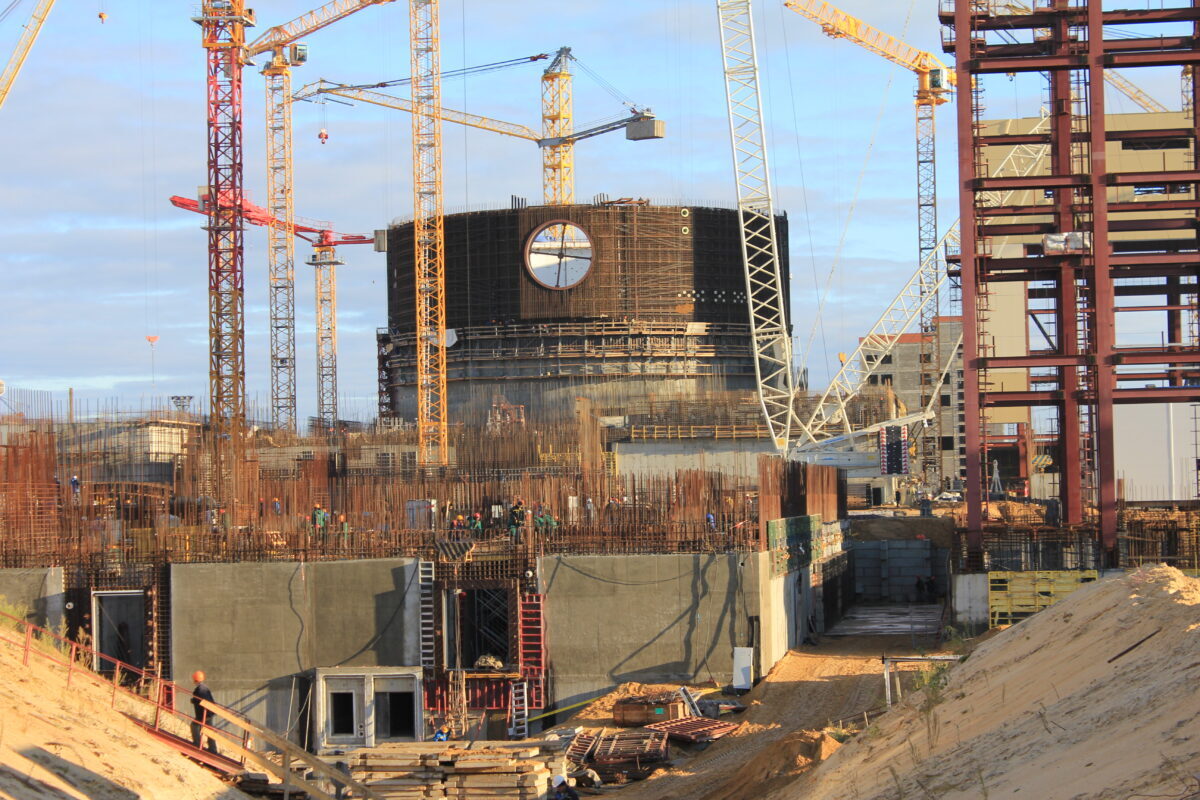“But even in the only country that is massively building, China, nuclear development is comparatively marginal. In 2023, China started up one new nuclear reactor, that is plus 1 GW, and more than 200 GW of solar alone. Solar generated 40% more power than nuclear and all non-hydro renewables—mainly wind, solar, and biomass—generated four times as much as nuclear.”
The report also highlights how nuclear power is being challenged not only by the strong growth of solar and wind, but also by battery storage, whose costs are projected to decline below those of coal-fired and nuclear power plants by around 2025 in China. “Solar plus storage is already significantly lower than nuclear power in most markets today, as well as highly competitive with other low-emissions sources of electricity that are commercially available today,” it also notes.
The authors also cite data from investment bank Lazard revealing that solar-plus-storage can already be cheaper than gas peaking and new nuclear. “The competitive cost and large-scale availability of variable renewable energy sources combined with firming options—especially storage—could well turn out to be the game-changer of energy policy in the years to come,” they further explain.



Such an incredibly misleading article.
1 GW of nuclear capacity generates several times more electricity than 1 GW of PV capacity.
Nuclear power plants run at almost full capacity pretty much 24/7/365. With the occasional shutdown every few years for maintenance and to replace the fuel rods.
PVs only generate electricity during the day, and only hit their maximum capacity under ideal conditions. The average output of PVs is 15-25% of their capacity.
Globally we generate more electricity from nuclear than we do from all PVs together.
At the typical sizes we’re building them you need dozens of PV farms to match the energy output of a single nuclear reactor.
Five times more PVs at a 20% capacity factor means it evens out.
The vast majority of those PV installations were in the last 7 years or so. We also built more manufacturing capability during that time. Meaning PV installations are being rolled out on an exponential curve, not a linear one.
It’s not an exponential curve. It’s slower than that.
It’s more than linear; we are adding more capacity each year than the year before. But added capacity per year as a percentage of the previous years total is a decreasing.
If it was exponential the growth would be a straight(ish) line when plotted on a logarithmic scale… it’s not. On a log scale the line inflects.
It’s exponential.
https://www.livemint.com/industry/energy/the-exponential-growth-of-solar-power-will-change-the-world-11724312451921.html
Whoever wrote that article is playing fast and loose with the definition of exponential.
Here’s the actual data of global electricity source on a log scale for the past ~15 years
Notice that the line for both wind and solar is inflecting to the right. If it was exponential it would be straight.
The time between each doubling of output is increasing.
It’s close, but not enough to be exponential growth.
It was exponential for a while but it’s slowing down in the last decade or two.
My capacity factor is something like 11%. Need to recompute it, using latest data.